RECCO dedicates its work to making everyone in the outdoors more searchable. If you’re yet to hear of the brand, it’s the inventor of the RECCO reflector, a lightweight, passive transponder that requires no power or activation to function. This little reflector could save your life, quite literally, by making you searchable to rescuers should an incident occur. As the brand continues discovering new ways of making adventurers detectable, RECCO believes that current and future technology will allow them to complete their mission.
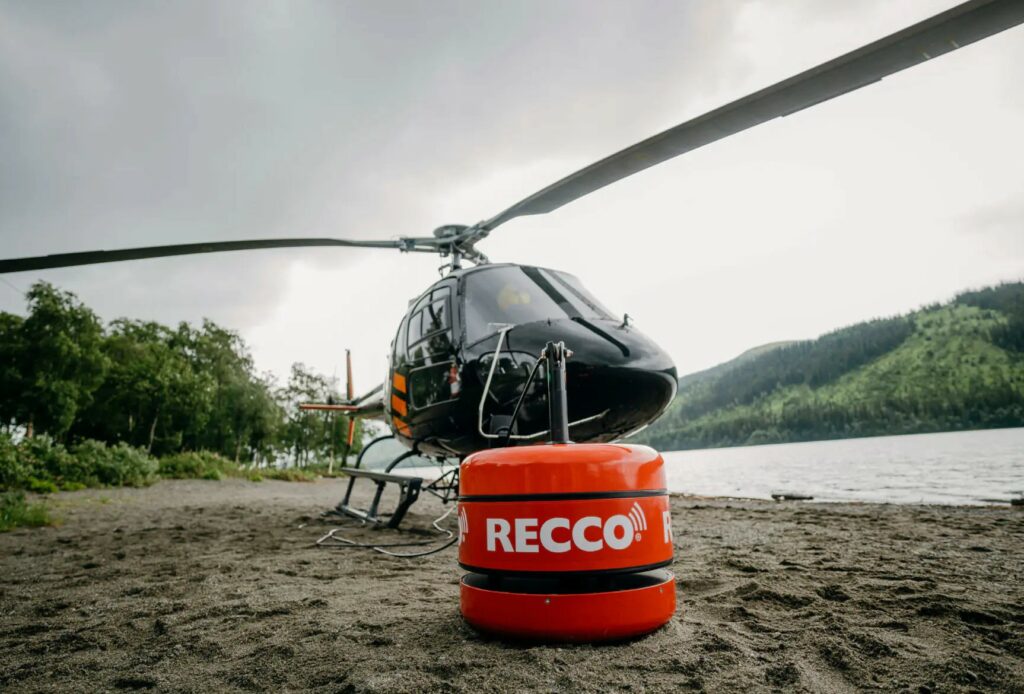
The History Of RECCO
The man behind the magic is Magnus Granhed. After a tragic avalanche accident in 1973, where Granhed assisted in the rescue operation, the RECCO founder planned to integrate the technology into alpine skiing equipment. Research and development then took place at the Swedish Royal Institute of Technology. Testing was carried out with help from professionals, such as the founder of Air Zermatt, Beat Perren, and the head of rescue in Zermatt, Bruno Jelk. The pairs’ combined knowledge and experience from hundreds of avalanche rescue missions proved valuable in developing the two-part system. They finalised the prototype in the early 1980’s.
What year was RECCO founded?
In 1983, Granhed travelled to Zermatt with the R1 detector prototype to meet Perren and Jelk. The two later invested in the concept; it was a trip that proved an essential milestone in developing the RECCO brand. That same year, Granhed officially founded the company.
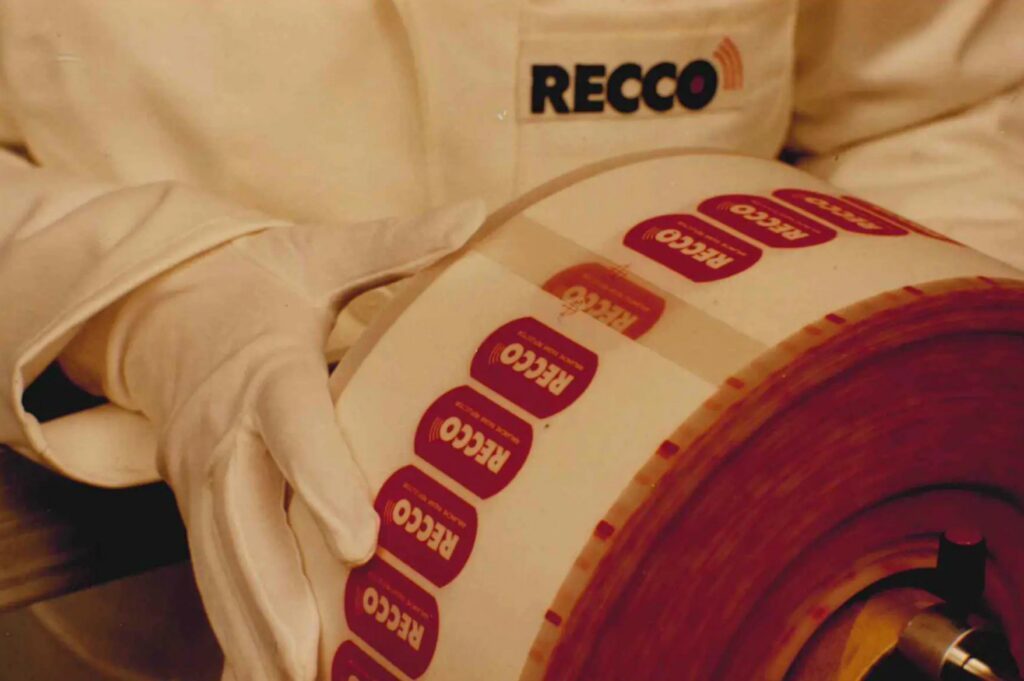
“When Magnus first came to us with the RECCO system, we found it interesting that it could locate an avalanche victim very quickly and precisely,” – Beat Perren, founder of helicopter rescue company Air Zermatt, 1968.
When Granhed first developed the system, the handheld detector came with an associated backpack that weighed almost 20kg. It was nothing like the lightweight systems we use today!
“I was impressed that the user did not need to carry any active unit with batteries or any similar source of power,” – Beat Perren.
At the time, Air Zermatt sought to improve the entire rescue process within the area. Jelk came up with the idea of people wearing clothing that made them more searchable. His idea pushed the brand to integrate reflectors into ski clothing such as jackets, trousers and footwear, as well as equipment.
From French clothing brands to their first, live rescue
1986 saw French brand, Degre7, incorporate RECCO reflectors into their clothing. This was the first time RECCO had officially been used in garment design. That same year, RECCO also collaborated with watchmakers Swatch, integrating a reflector into one of their watches. The first live rescue made with a RECCO system occurred the year following, in 1987, when a woman was found from a helicopter in Lenzerheide, Switzerland.
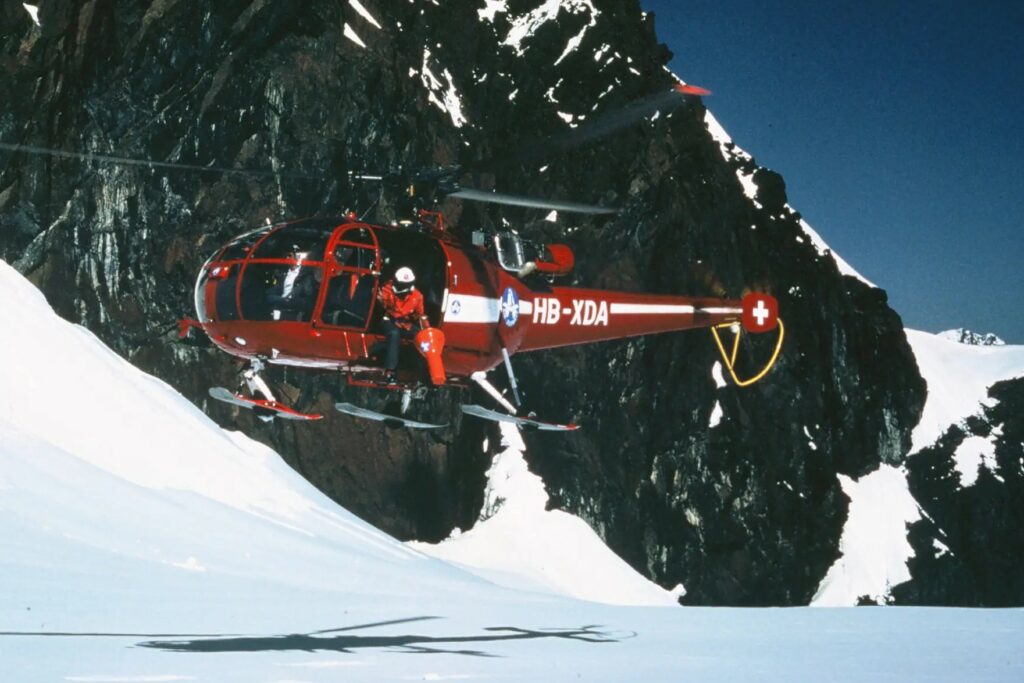
By 1995, RECCO introduced the R5 version of the system, which weighed just 1.6kg. The new model featured an astonishing weight reduction compared to the previous one (which weighed ten times more – around 16kg). The lighter-weight R5 system was a revolution for RECCO, making transportation to incidents and searching on the ground much easier.
The influence of modern technology, and the first handheld RECCO detector
Between ’96 and 2008, the introduction of small mobile phones allowed for extensive system development. RECCO detectors became more powerful and weighed even less. Reflectors also became smaller and lighter, giving more placement possibilities for various kit and clothing.
2009 saw the emergence of the first handheld RECCO detector – the RECCO R9. It allowed for not just the detection of RECCO reflectors but transceivers, too, for a broader range of searchability.
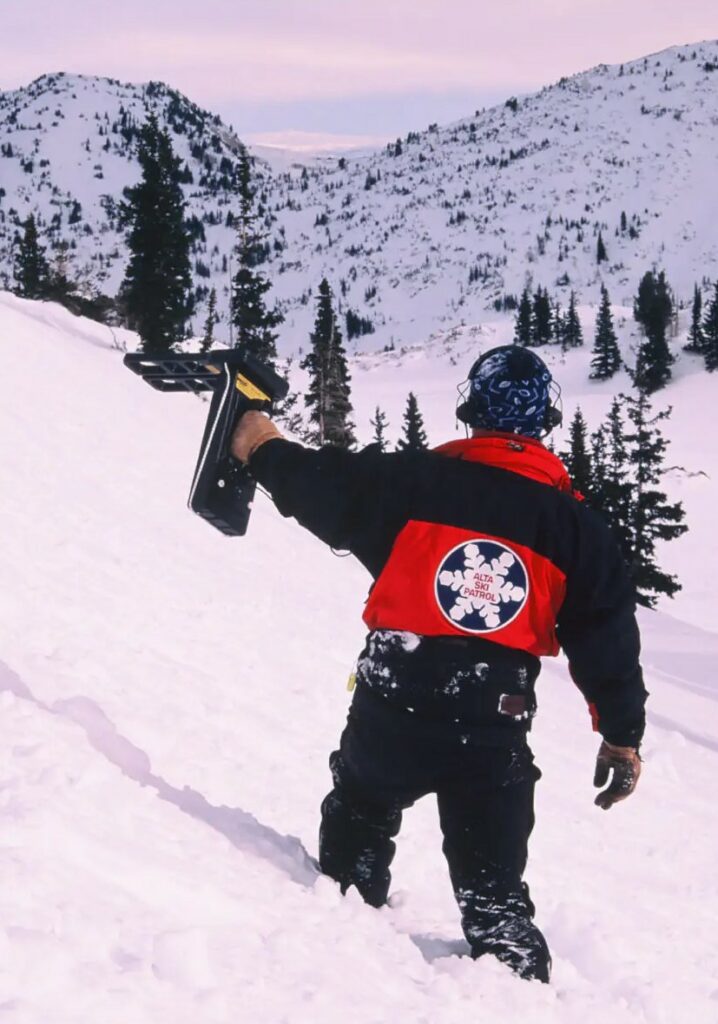
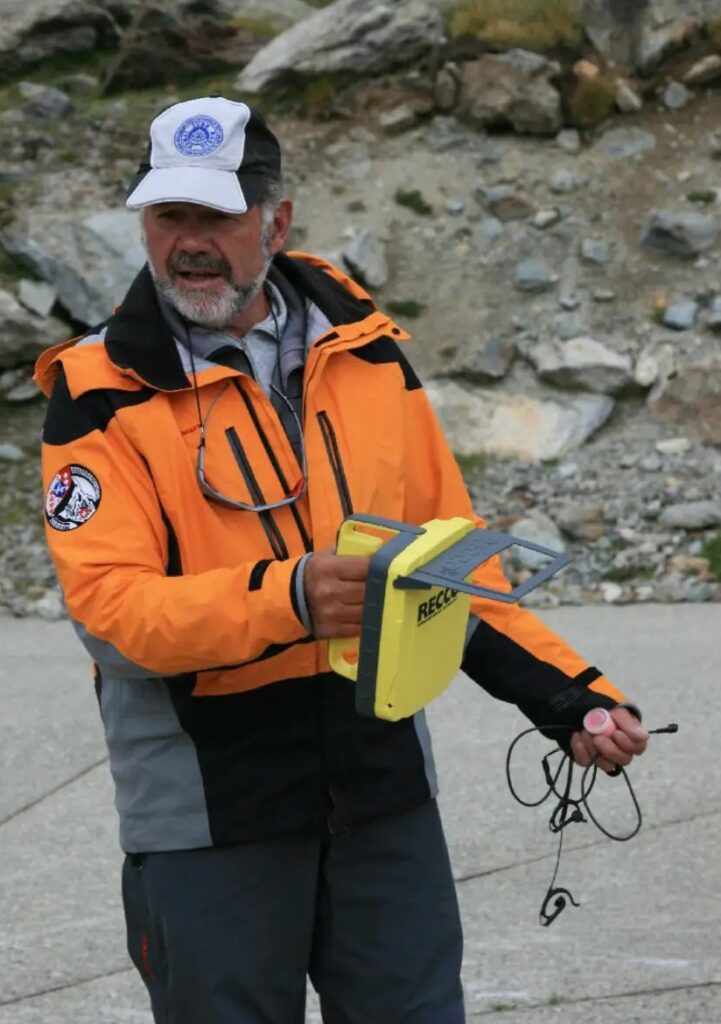
2014 and 2015 birthed the development of the first prototype of the RECCO helicopter detector, which is a little different from those used today, as it was placed directly underneath the helicopter, instead of hanging beneath it.
The birth of the RECCO SAR Helicopter
RECCO officially debuted its next piece of evolution to the world in 2016 – the RECCO SAR helicopter. This ground-breaking innovation could search large areas faster, allowing the technology (that, before, was only used for avalanche rescue) to find those who are lost, in distress or injured in the mountains, whether walking, biking or trail running. Austria was the first country to become covered by the RECCO SAR Helicopter during 2018, in collaboration with the Austrian Police and Austrian Mountain Rescue Organisation (ÖBRD). Roll-out processes also continue in line with the initial placements, including Switzerland, Sweden, Italy, and Norway.
RECCO today
Now, RECCO is a household name in the outdoor industry, participating in over 900 partnerships in 32 countries. These days, we can find these reflectors in many outdoor products and clothing, some of which we stock here at Trekitt, including climbing harnesses, helmets, technical footwear and some jackets.
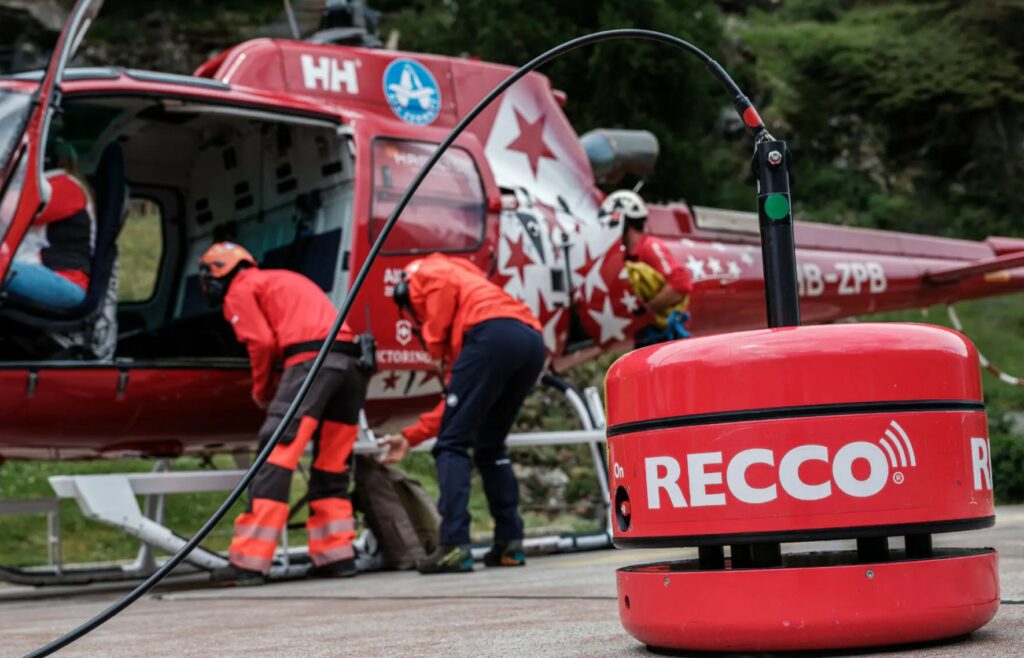
How Does RECCO Work?
As mentioned, these reflectors are lightweight, passive transponders consisting of a diode and an antenna, requiring no power or activation.
Many organised mountain rescue teams across the globe now have RECCO detectors to pick up the signals from reflectors on the ground. They’re commonly used when avalanches occur, usually in larger mountain ranges and ski resorts abroad. A limited amount of mountain rescue teams in the UK currently use RECCO detectors. The list includes Glencoe Mountain Rescue Team, Cairngorm Mountain Rescue Team, Tayside Mountain Rescue Team and Scottish MRT at Glenmore Lodge. However, this number will hopefully grow in the coming years.
Reflectors and detectors
If an incident were to happen, the RECCO detector from the mountain rescue team will emit a directional radar signal. Imagine it’s a little like the beam of a flashlight. When this signal hits the RECCO reflector, information is signalled back to the detector and will point the rescuer in the right direction. The closer the rescuer gets, the stronger the signal. This allows them to pinpoint precisely where the victim is stranded. As a result, search time is also minimised.
The detectors are handheld devices weighing roughly 1kg. They have a range from up to 80 metres through the air and 20 metres through packed snow. These ranges result in a range of around 30 metres for searching avalanche debris.
Will I notice the RECCO reflector in my clothing and equipment?
It’s also worth mentioning that the reflectors found in clothing and equipment are virtually invisible. You’ll barely notice one built into your shell jacket or expedition boots, meaning it’ll add almost no weight or bulk to the design.
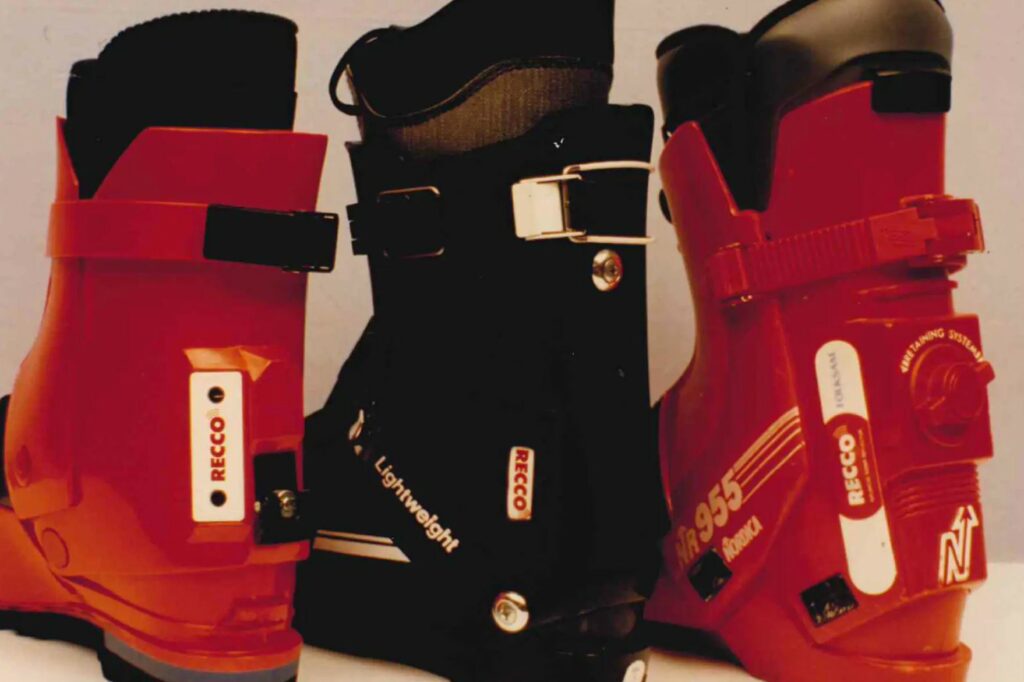
The Advantages of RECCO Technology
Especially since the pandemic, the number of people who enjoy heading out into the mountains for an exciting adventure or even a leisurely hike has grown. Some of these people may have less experience, which can sometimes increase the risk of incidents in remote locations. Although sometimes it’s simply the luck of the draw – even the most experienced adventurers can get caught up in a sudden storm or take an injury-causing tumble!
So, why should I wear RECCO?
Often, these situations require external help. You might find yourself on the phone to your local MRT as a result. As RECCO implements its systems in more locations, it makes sense for all of us to begin implementing the technology into our own wardrobe and equipment collections, too.
Decreasing search time while increasing visibility
Search time and visibility are the primary benefits of wearing RECCO reflectors outdoors. They help minimise tracking time and provide a more accurate location than current methods. Being stranded in a remote or cold environment could be a matter of life or death. So, investing in a RECCO-based product in the future would certainly be wise.
Should the worst-case scenario happen, the RECCO technology in your wearables will still allow rescue teams to locate you. The technology ensures that you will be reunited with loved ones, providing them some comfort.
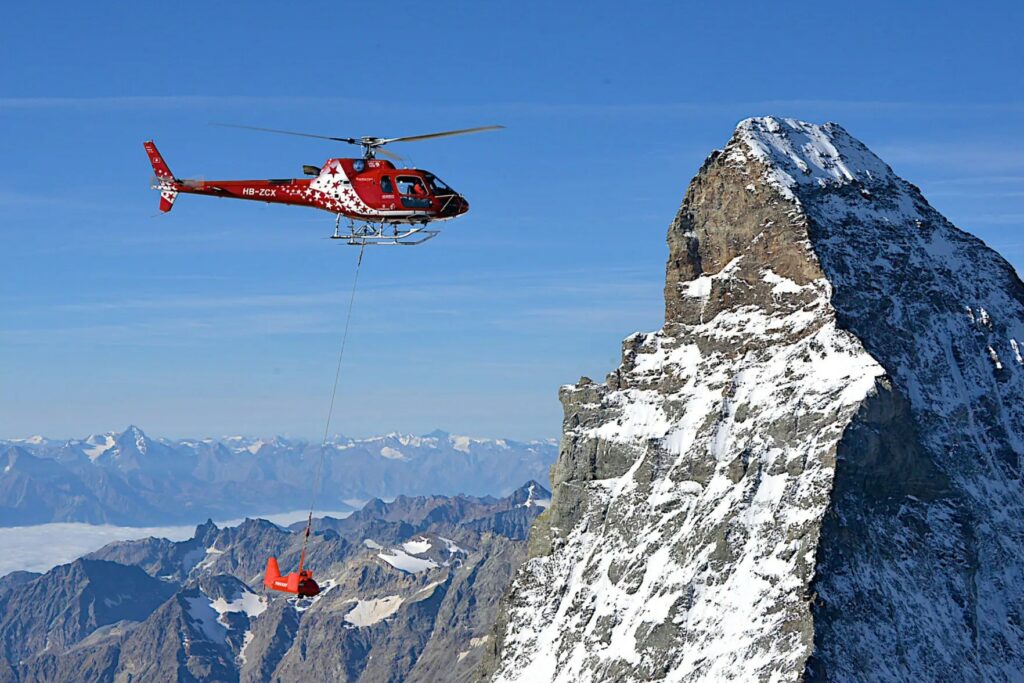
Is RECCO a sustainable company?
Whilst RECCO carefully considers sustainability regarding materials and production methods, the brand’s top priority is the creation of user-friendly detectors. Its primary goal is to make people more searchable. By this, we admit that some products may not be 100% ‘sustainable’. However, all RECCO products are purpose-built. Purpose-built products ensure that the needs of mountain rescue teams worldwide will be fulfilled effectively, without compromise, saving lives year after year.
Products that will last a lifetime
Durability is also vital regarding sustainability, as higher-quality, long-lasting products won’t end up in landfills. Currently, RECCO designs its products to last a lifetime. Their goods do not age or wear out. So, as long as they aren’t mechanically damaged, they’ll last forever. This longevity keeps waste to a minimum and still earns the brand some eco-conscious brownie points.
Trekitt’s Range of RECCO Products
We’ve chosen some of our favourite products featuring RECCO reflectors; simply click the images to shop. Alternatively, check out the entire range of RECCO-based products by clicking here.
As usual, if you have any questions, please get in touch! You can reach out to us on our social media channels, whether it’s Facebook or Instagram, via email at [email protected], or you can call our friendly customer service team on 01432 263 335. If you’re local to Hereford, why not visit us in-store? You can speak to one of our lovely staff members in person and get some hands-on assistance with finding the right product.

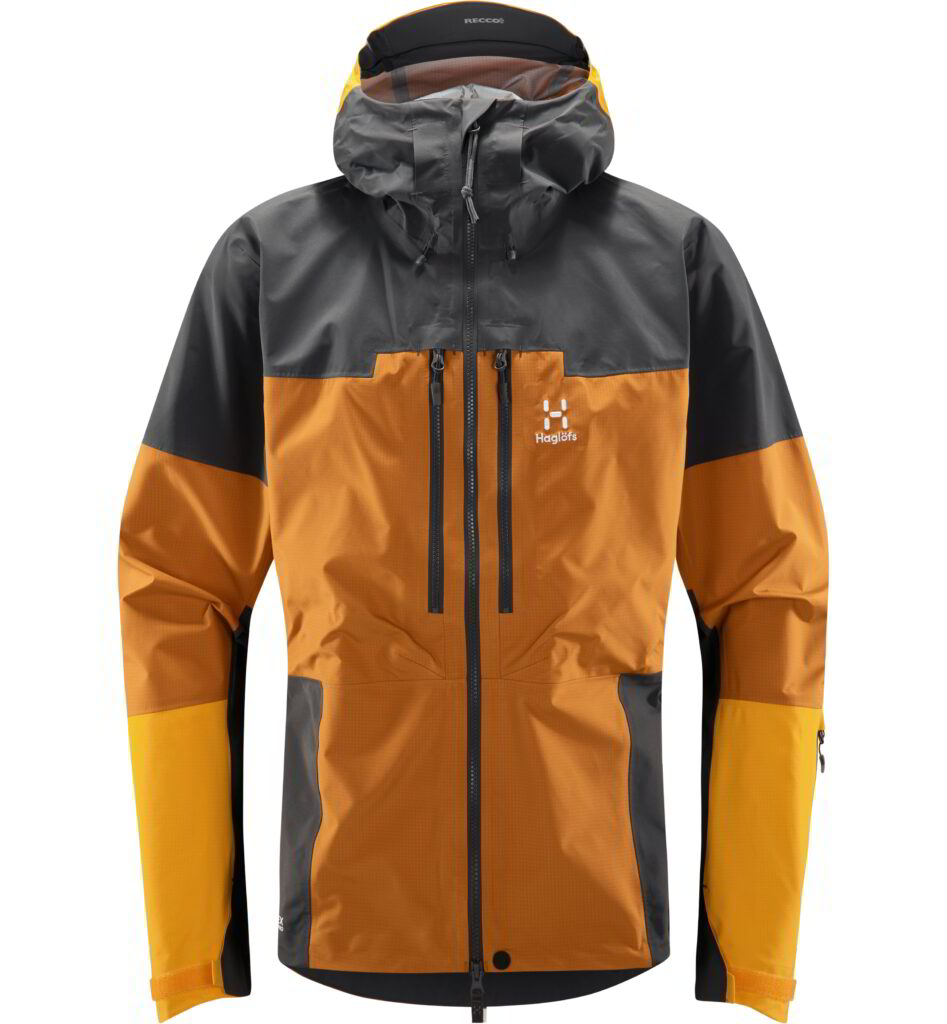
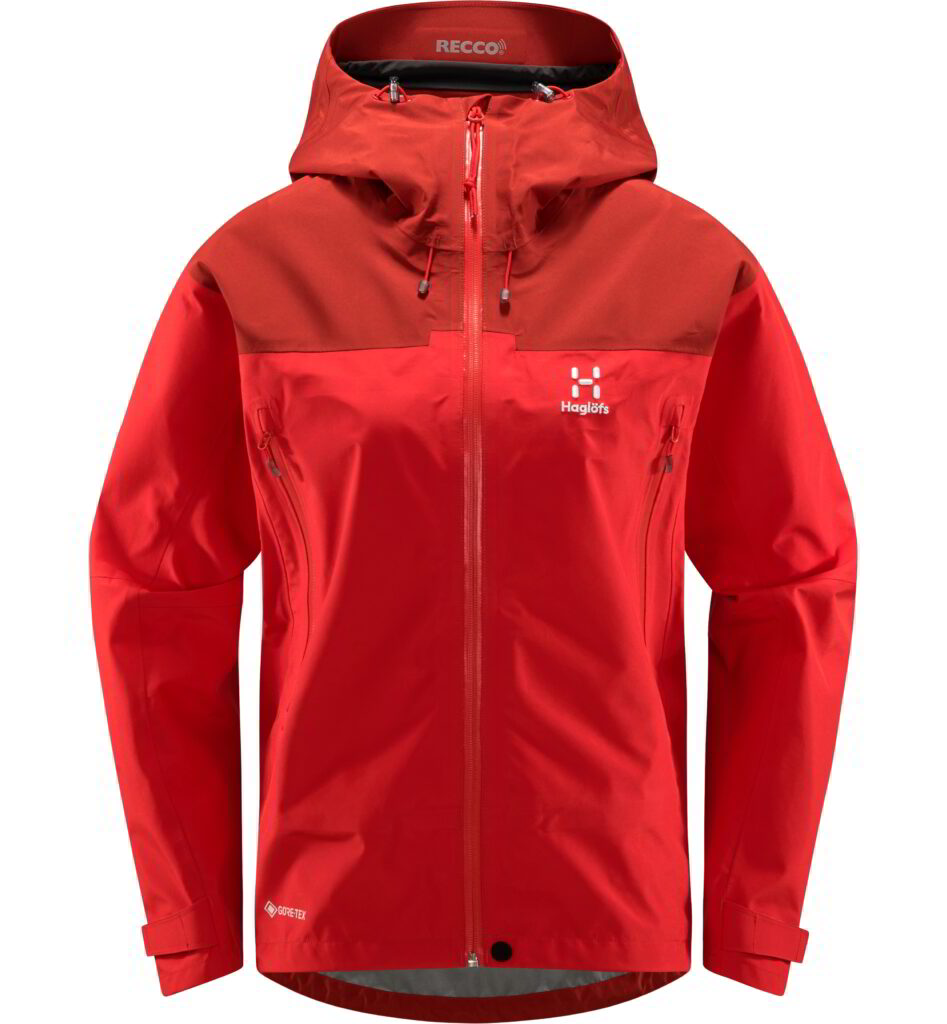
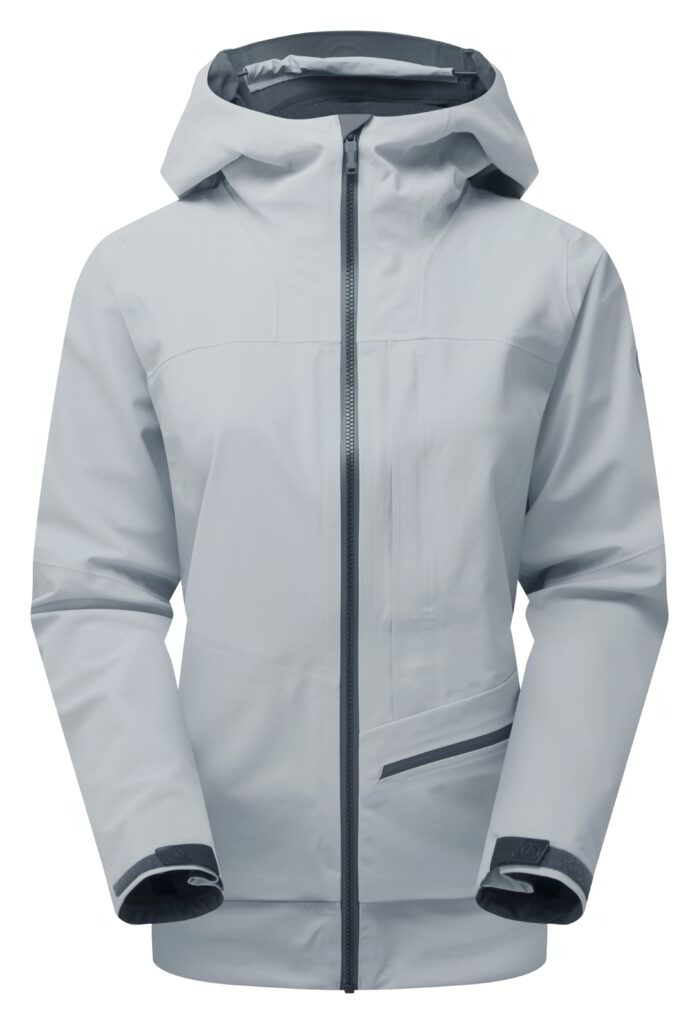
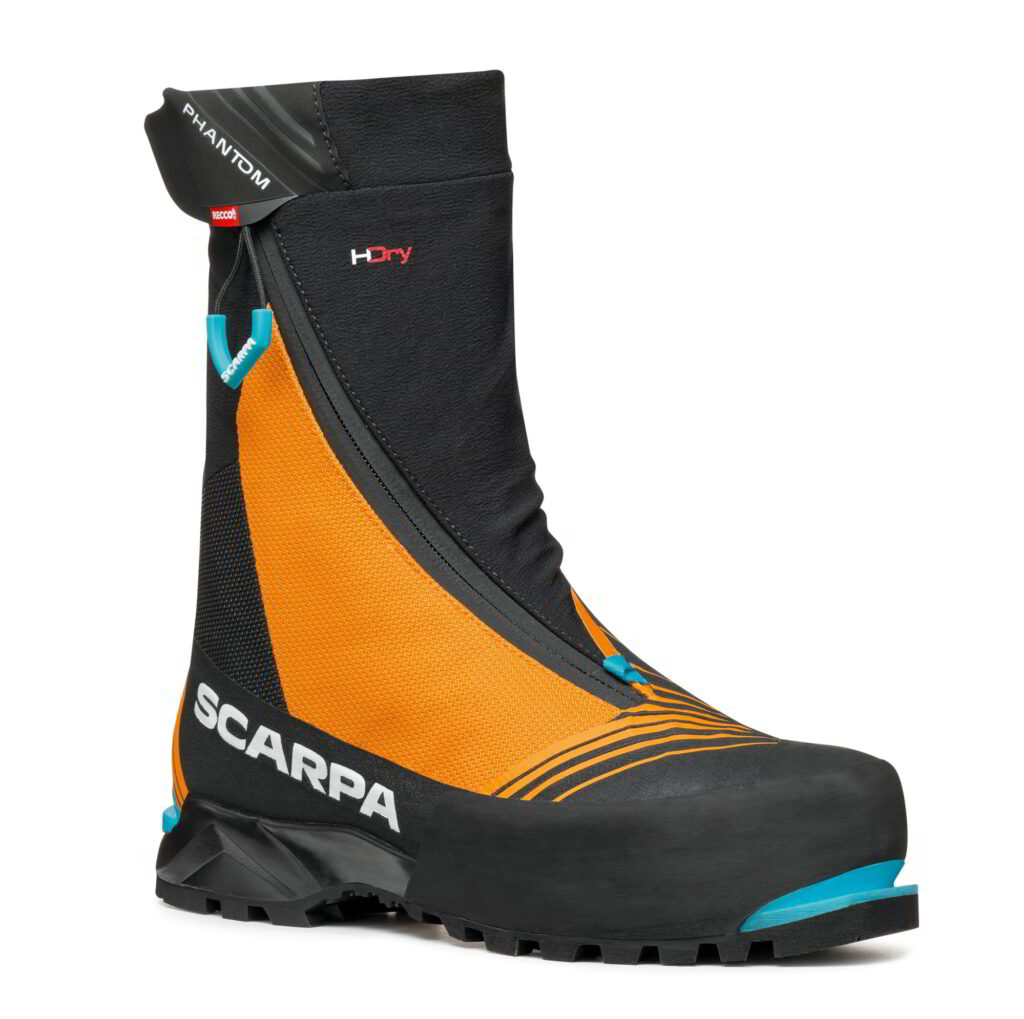
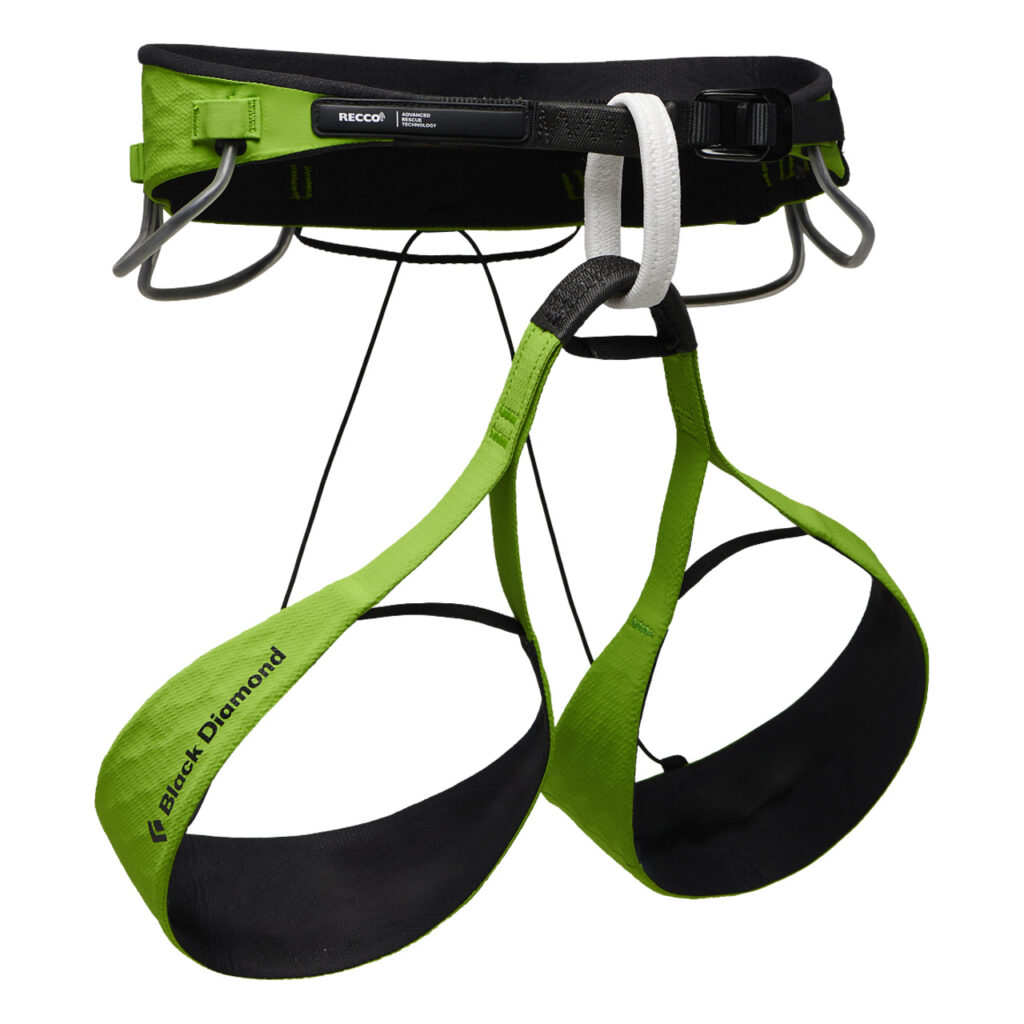
Leave a Reply